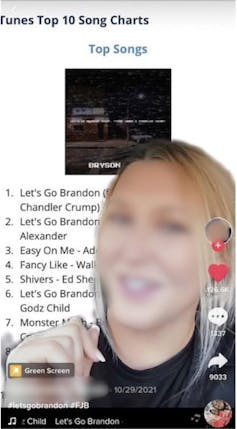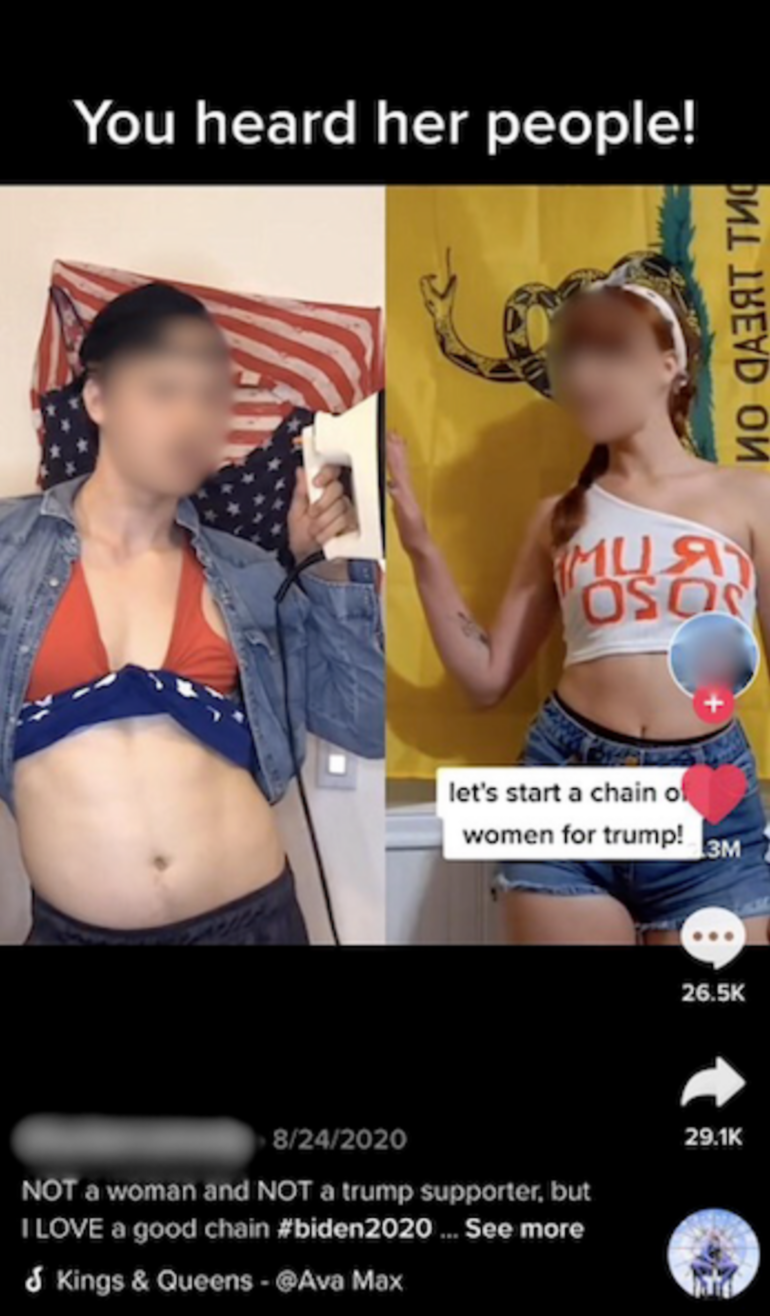Since its astronomical rise in popularity during the 2020 COVID-19 lockdowns, TikTok has played an increasing role in all aspects of American life, including politics, from the White House briefing key TikTok creators on the war in Ukraine to Joe Biden’s presidential campaign launching a TikTok account.
The U.S. House of Representatives passed legislation on March 13, 2024, seeking to force TikTok’s China-based parent company to sell the app or face a ban in the U.S. Even if this legislation passes the Senate and Biden signs it into law, it’s unlikely TikTok will go away before the 2024 U.S. presidential election. Any law banning TikTok is likely to be challenged in court, and the app won’t simply disappear from people’s phones overnight.
Given that TikTok is almost certain to play a role in the 2024 election, it’s important to examine how TikTok helps shape political expression and discussion. With communications scholar Mackenzie Quick, I recently published a journal article exploring how American TikTok users use the app’s stitch, duet and green screen features to stoke partisan conflict.
Getting together
TikTok says its mission is to “inspire creativity and bring joy.” In 2019, it introduced several features to help bolster that mission: duet, green screen and stitch. Duet allows you to post your video side by side with a video from another TikTok user. Green screen allows you to superimpose your video on a video from another TikTok user. Stitch allows you to append your video to the end of a short clip from a video from another TikTok user.
TikTok offers several ways to add your video commentary to other people’s tiktoks.
TikTok describes these features as giving users “the most creative tools available” and providing a way for users “to engage with the world of content that’s made … by the ever-creative TikTok community.” Given these descriptions, it appears that these tools were designed to increase creativity, interaction and connections.
They can be used in playful ways or used by subject matter experts to convey information. For example, some veterinarians use TikTok to convey pet health information.
However, a platform’s statements about how it intends its features to be used and how people actually use them can be quite different. While these features are often used in TikTok’s preferred ways, our research found that in political tiktoks, people often used the tools to double down on their political positions and attack those who don’t agree with them. In a time of volatile political divisiveness, these features can function as outlets for people to express their strongly held political views.

A TikTok user makes a political statement using the app’s green screen feature.
Quick et al, CC BY-NC-SA
Scoring points
Reinforcement and insults were recurring themes in our…



